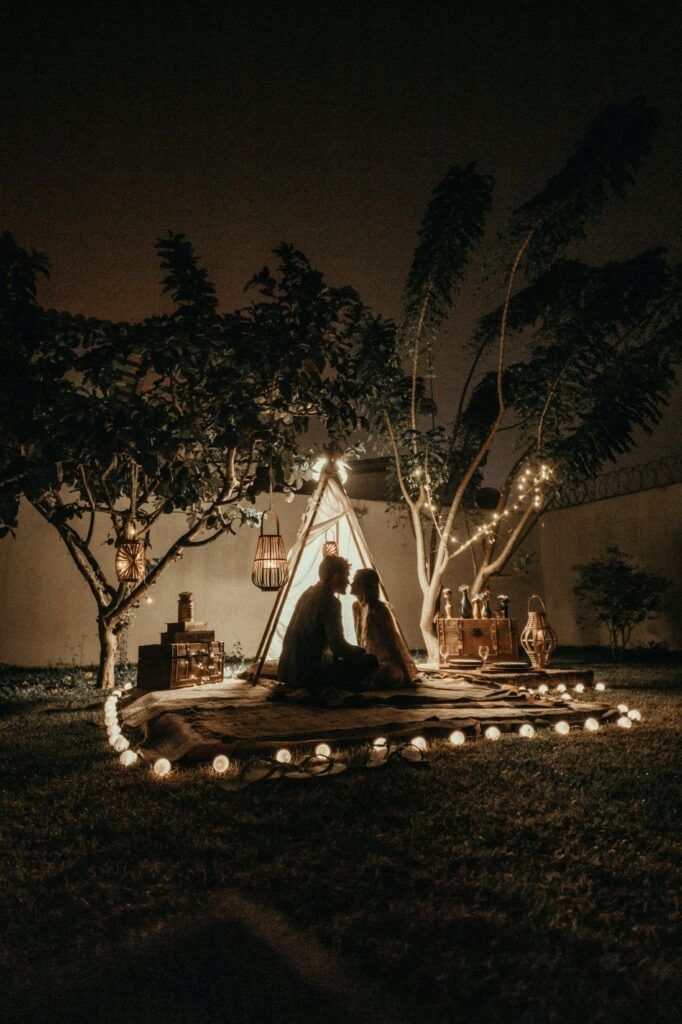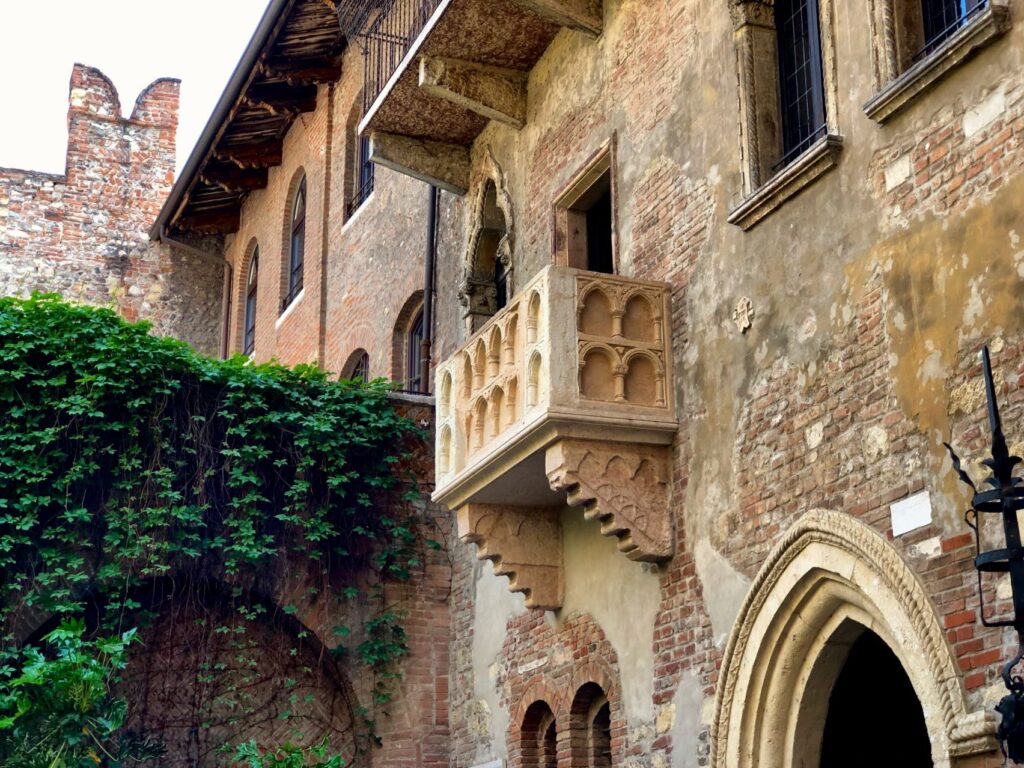Romance. It’s the genre of fiction that consistently outsells every other type of novel. In fact, they amount to about a third of all mass market fiction books. So what is it about a love story that can so thoroughly enrapture readers? Why is it that a romance story is statistically more likely to sell to readers?
These novels have been stereotyped on plenty of TV shows and torn apart by critics, but they remain incredibly marketable and popular. They’ve also evolved to better represent society and taken steps to expand beyond stereotypical romance novel (though you can certainly still find those).
We’ll talk about love stories and why people love these stories. You might want to include a bit more romance in your book or switch to the genre whole-heartedly by the end of the article.
Beyond discussing some reasons as to why you may love romance writing, we’ll go over some of the tenets and tropes of romantic fiction. Hopefully reading through these tropes will get some of your romance story ideas flowing and may work better than writing prompts. While reading them, however, you should think of ways to either include these tropes into your own story or figure out which one appeals the most to you then see if you can plan a novel around it.
Romance? Romance.

We’ve established that romance novels are extremely popular, but why are they so loved by their readers?
Well, one of the most widely accepted reasons for people’s love of the genre is that a romance novel can be extremely simple. These novels often rely on tropes and situations that readers find engaging and romantic. Their relative simplicity allows readers to pick up the novel, have a general idea the direction it will take, and then follow the emotive story through to its end (which is almost always a happy ending).
These stories typically won’t have much conflict, lest it be internal conflict and problems either forming or maintaining a relationship. Most readers don’t pick up a romantic story in the hopes that it will challenge their worldview and fundamentally change how they want to live their lives.
But that isn’t to say there’s no literary and social merit to these novels. One of the best romance authors, Jane Austen, wrote emotional romance stories while critiquing her social class. Beyond that, these stories can help a person achieve a sense of empathy for the “other” in whatever story they’re reading.
This genre is arguably the most emotive of any genre (except maybe true crime or historical fiction). Readers cling to these novels because they can quickly endear themselves to the main character and feel all the anger, love, suspense, hate, cringe, and excitement that their lover-hearts can desire.
One of the proposed reasons for people writing in fantasy is that the fantasy genre can be whatever it wants to be. It can be literary. It can be simple. It can be violent. It can be epic.
The same is true of romance novels. Romance readers range wildly in what they expect and enjoy. Sometimes they like a fantasy epic with often fiery romantic scenes and characters that fall in love: cue A Court of Thorns and Roses. Sometimes the readers like romance stories that flourish within the confines of social expectations while criticizing the larger culture of their day: cue basically anything from Jane Austen.
Whatever kind of story you want to write, you can easily mix in some love and romance, or you can do the reverse and write a larger story around a love interest that has kept your mind weaving.
One blaring reason why romance novels are so popular that I’ve yet to mention is sex. Many of these novels have achieved their widespread popularity due to the fact that they do not shy away from depicting sexual encounters. This is certainly not a requirement to writing romance novels, but you can’t talk about romance’s popularity without admitting that the inclusion of these hyper-romantic situations factors into their popularity.
As violence is to fantasy, so is sex to romance. A fantasy book littered with non-stop violence, while it may sound cool, would likely bore your readers. The same is true of romance writing. Readers hope for these moments and get excited for them, but the whole book isn’t about these scenes. They factor into the “true love” scenarios that the readers expect, but they mostly pitch in to keep the dopamine rush going.
We won’t go over how to write these sorts of scenes in this article, but it’s helpful to be aware of their place in romance, especially modern romance.
Hopefully this gives you a nice primer into why romance novels are so popular. They can be almost anything, as they take inspiration from many genres. They are easy to read, given they follow many tropes closely and don’t have to veer too far from them. With their simplicity and focus on emotional situations, they can provide the readers with feelings that they might not have in real life.
Writing Romance: Tropes and Inspiration

Tropes are important to consider when writing a story in any kind of genre. Tropes are story conventions that the reader will have familiarity with that will help them navigate a story while recognizing where the author has innovated something new. These conventions are neither good nor bad, but an awareness of them can help you structure your story and follow a general direction.
Tropes are possibly more important in romance than any other genre, given how many romance books have been written. There are so many kinds of relationships and how they form, but romance novels have figured out roughly seven ways for a couple to meet and what kinds of problems they may have.
Just because these tropes exist, doesn’t mean you can’t play with them and improve upon them. The idea behind tropes is that they have become successful archetypes for stories and modeling your story around these archetypes can be a great way to understand the romance genre and become more like those successful romance writers (or include some of these attributes in your own story).
Romance novels typically follow one of seven tropes. We’ll discuss what these tropes are and ways to include them.
1. Enemies to Lovers

The enemies to lovers trope is one of the most popular right now. You take one look at “BookTok” (which is the region of TikTok that focuses primarily on the discussion of novels), and it’s hard to go very far without anyone making a joke about or having an analysis involving the enemies to lovers trope.
This story archetype, as with most of these other tropes, is to have the two intended lovers begin by not liking each other. They don’t have to be enemies sworn by blood oath to demolish the other, but they should have some sort of disagreement that makes the prospect of taking the other as a lover seem utterly repulsive.
Pride and Prejudice is a well known example of this trope. Elizabeth and Mr. Darcy begin the novel despising each other, with Elizabeth making it very clear that she cannot even fathom the idea of anyone viewing Mr. Darcy in a romantic light. But as the novel goes on, the two learn things about each other and learn to overcome their differences and the novel ends with not only a declaration of love, but a mutual agreement to further their relationship.
This trope works so well because there’s immediate conflict and the ultimate payoff of falling in love feels more earned. By having the characters oppose the concept of loving each other, you can set up some intriguing plot moments that push the two together and force them to work out their differences.
This trope would work well in almost any genre and keeps the viewer’s engagement better than almost any of these other conventions.
2. The Love Triangle

The love triangle trope is another beloved trope that has seen plenty of time in the limelight. This trope has been especially popular historically. Shakespeare often wrote this trope into his stories, such as with Midsummer Night’s Eve. This trope has seen more modern renditions such as with the Twilight series and Hunger Games.
The way this trope works is you have someone who is loved by two people and essentially has to choose between the two of them. Often, this choice won’t be fully solidified until after a few attempts. The one who is loved by both will have flings with either of them and then decide by the end of the story.
The two that are in competition for the third lover usually see each other as competition which will lead to them despising each other. This can set off any number of conflict points in the plot. A sub trope of this archetype is to have the two seeking the one have such a bitter conflict that it affects how the one sees the two.
3. Friends to Lovers

The friends to lovers trope is a solid way to have deep relationships given that the potential romantic pair has had something beyond physical attraction. They’ve grown up together as friends so they have a bond of friendship that gets added onto through romantic engagement.
The Song of Achilles is a friends to lovers story in which Patroclus and Achilles understand each other as friends and then begin to fall in love. You should read this book for plenty of reasons, but if you want to read a well written take on an old myth, The Song of Achilles can also teach you plenty about friends to lovers.
The tension of these stories usually comes about because one of the partners will fall for the other first and not know how to go about changing their relationship, or if they should at all.
Readers also find the prospect of re-establishing the relationship enjoyable, given that they have plenty of new turf to navigate with a history behind it.
4. Forced Proximity

This trope involves having two, often unwilling, characters be forced into close confinement, during which they fall in love. These kinds of stories lend themselves especially well to romantic comedies.
This trope often appears as more of a subplot than a main plot, but that doesn’t mean that you can’t set it as the main draw of your story. An example of this may come out of left field, but you can see the forced proximity trope in one of the most popular episodes of Avatar: The Last Airbender: “The Cave of Two Lovers”.
The backstory of the episode consists of the “forbidden love” trope, which you’ll read about later, but the forced proximity part comes when Aang and Katara (overall a friends to lovers story) are stuck together in a tunnel. The audience already knows that Aang is crushing on Katara, but this situation forces them to somewhat address that crush. In the climax of the episode, Aang and Katara have to kiss to open up the tunnel.
The forced proximity trope doesn’t always need to be from an actual enclosed space. The Princess and the Frog (overall an enemies to lovers trope) forces the two main characters to stick together because they need each other’s help to fulfill a quest.
5. Soul Mates

The soul mates trope presents the reader with a couple that was destined to be together. But conflict drives stories, so these romance novels will separate the characters somehow to keep things interesting.
An example of the soul mates trope comes from the book The Princess Bride. The main romantic couple meet early on and the heroine falls madly in love with the farm boy. The farm boy then leaves to seek his fortune which leads to a false proclamation of his death.
The heroine pines for the boy but is later set up in an arranged marriage. She at first doesn’t recognize her soul mate when he returns because she thought he was dead. But he came back as a competent hero and they fall in love again. Admittedly, this story relies on much more than the soul mates trope, but most often, these stories thrive on a grand tale of reunion.
6. Forbidden Love

The forbidden love trope is one that has received attention for centuries. One of the most famous love stories ever told uses this trope: Romeo and Juliet. Forbidden love relies on two people (or garden gnomes) falling in love when the groups they belong to would look down on it.
Romeo belongs to the Montague family and Juliet the Capulet. These houses stand diametrically opposed and can only communicate in insults and threats. Romeo and Juliet, according to their societies, were forbidden to communicate nicely with the other, let alone fall in love. Yet, despite the societal prohibition, they fall deeply and instantly in love.
The forbidden love trope can lead to some successful romance stories because of the built in conflict and required secrecy. By needing to hide their love, you can set up some great plots that increase tension.
7. Fake Relationship

The fake relationship trope is almost self explanatory. Two characters go into a fake relationship for some reason, whether it be political, to avoid an inconvenience, or some other reason, but then later fall in love as the result of their contrived association.
To All The Boys I’ve Loved Before is a popular modern tale that involves a fake relationship. The main character would write love letters but never send them, but one day her sister delivers the notes, one of which goes to their other sister’s boyfriend. To hide the fact that she still has feelings for her sister’s boyfriend, the main character enters a fake relationship, which (of course) leads to them falling in love.
This trope can make for extremely fun stories because the characters have to act a certain way in various situations. It’s also fun to watch a couple fall in love when they fully expect not to.

Our 84-page book planner and 111 day writing course.
Happily Ever After, i.e. the Conclusion

This article discussed how romance novels are structured and ways they appeal to their readers. Hopefully, learning about their typical simplicity bolstered your confidence. You can write in romance!
Remember, romance novels typically don’t have much conflict beyond that of the relationship, but you can easily include other conflict to further drive your story. These novels also typically focus on setting up romantic scenes that will cause an emotive response in your readers.
We also talked about seven of the most popular romance tropes. These tropes have been tried and proven successful so many times, but that doesn’t mean that there isn’t room for your own takes on the archetypes. Think of them as building blocks to structure your story.
Everyone wants love, and whether they admit it or not, most people have had heart warming experiences with some sort of romance tale. Because everyone yearns to love and to be loved, your ideas, wants, and feelings on romance will surely connect with an audience.
I highly suggest including romance into your novel at the very least, but taking your ideas and building a novel around them could get you into a realm of publishing that’s highly lucrative and leads to a lot of movie and TV show deals.
But beyond fame and success, you might write someone’s favorite book, and the simplicity of the romance genre could be a great way to finish your first novel. For more help with your stories, check out the other articles on our blog!
gavinwride
Gavin is a fantasy author, short story enthusiast, and nature lover. When he’s not reading, writing, or exploring the outdoors, he is likely playing games. His board game collection is probably too big for someone living in a small apartment, and he has enough yet-to-be-played video games to fill a lifetime. His favorite book is "The Name of the Wind". His favorite author is Edward Abbey. His favorite game is "Dark Souls III", and he’d be more than happy to spend the day talking about lore, bosses, and game mechanics.
Our 84-page book planner and 111 day writing course.
